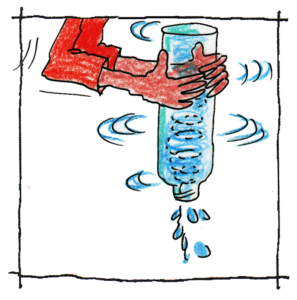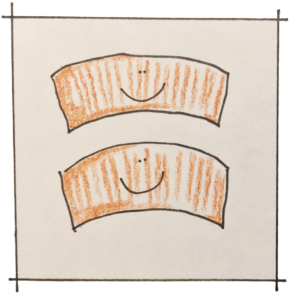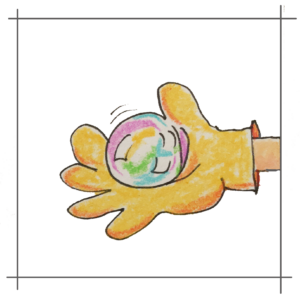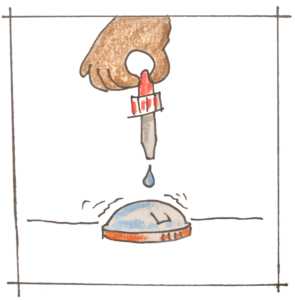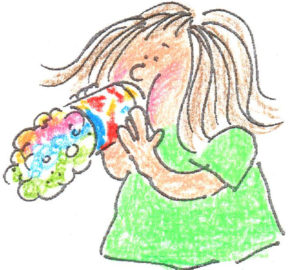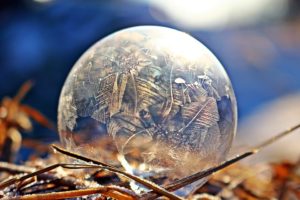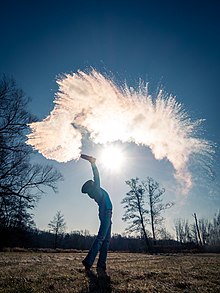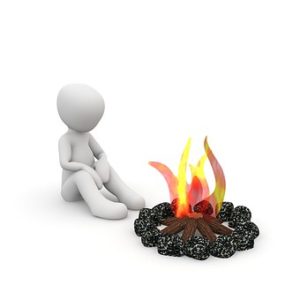Here’s the fifth in a series of fun, at home resources
I want to share from SteveSpanglerScience.com.
He’s posting fifty experiments for fifty days starting yesterday 3/23/20. Check them out!
I picked activities that worked for a variety
of ages and with simple materials you might find at home.
I suggest many extensions to challenge
kids as they do science (and make the activity
take a bit longer).
Use sleeves from take out coffee OR scraps of paper to make an optical illusion.
Stare at an image and when you look away you’ll see something very different.
Create an illusion of a pumpkin and then use an image you choose to create a new illusion.
Use wet gloves to bounce bubbles!
Create bubbles inside bubbles!
If you have the supplies you might create bubble cubes or bubbles snakes.
Lots of bubble ideas!!
Try a few activities with water.
You’ll need a wrapped straw, a few toothpicks, and a penny.
It helps if you have an eyedropper, too!
Enjoy!
What to do with kiddos who are
suddenly at home for a week or two?
Check out these GREAT activities from
SteveSpanglerScience.com,
an amazing site that lets you read
about and then watch simple activities.*
This is a fun activity that recycles household materials,
it’s easy to add variations that can challenge older
or more capable children while still fascinating younger children.
I’ve found online resources and
hope you have time to check them out!
Check out these amazing interactives that have been collected by the Utah Education Network (UEN).
This organization connects all Utah school districts, schools, and higher education institutions to provide quality resources.
I’m grateful they’re willing to share without requiring a sign in so the resources can be used by teachers and parents.
If you blow a bubble in subfreezing air, the water in the bubble freezes very quickly creating a beautiful crystalline globe.
I found gorgeous videos that I hope will fascinate your students.
Winter brings very cold weather to many of us. I found videos online that demonstrate a variety of people tossing boiling water into sub freezing air. Amazing crystals form in beautiful collections.
Children can be fascinated watching videos and then language and cooperation skills can be strengthened with a followup discussion of what was observed.
Here are a few resources I’d like to share with you.
Teaching light? Sound? Heat? Five senses?
Here are a few poems from familiar poets you might consider sharing with your students as you teach science.
I chose familiar poets hoping you could find them in your school or local library if you don’t have the poetry book on your shelf.
